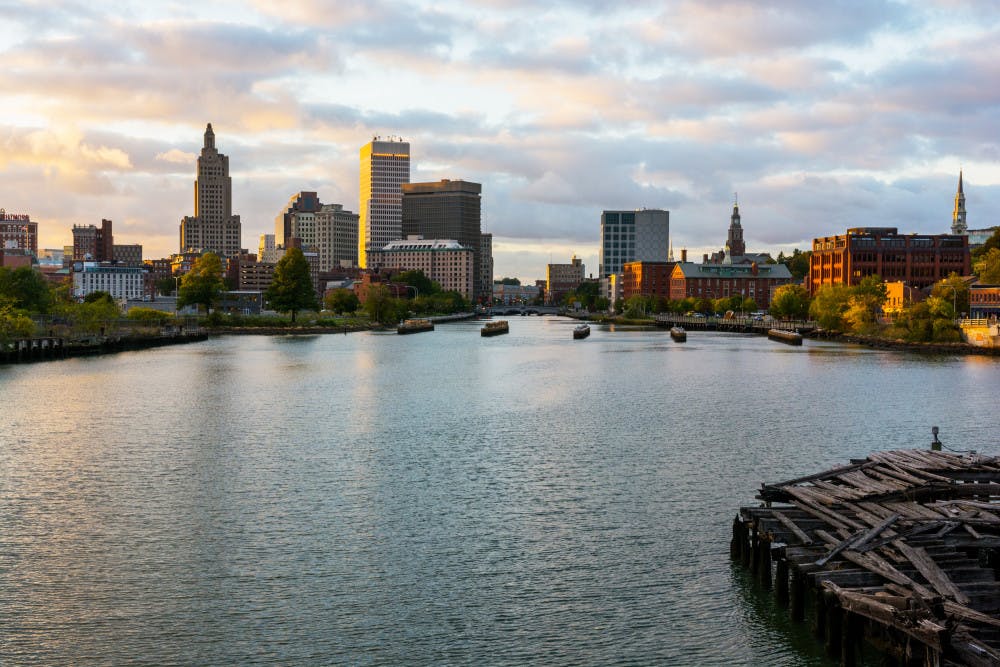President Christina Paxson P’19 presented the University’s vision for future development in the Jewelry District — highlighting the eventual construction of a translational science complex — at the Greater Providence Chamber of Commerce’s annual meeting Nov. 23. She originally announced the proposals in her operational plan released Sept. 15.
Translational science is “the entrepreneurial pathway that connects basic science to practice,” Paxson said.
While Brown culture encourages collaboration among departments, the University lacks a “physical home for translational sciences,” said Cass Cliatt, vice president for communications.
“There is a vision right now, but it’s way too early to say that there is a plan,” Cliatt said. The University still has much to accomplish in terms of fundraising, developing partnerships and planning academic programming, she said, noting that a working group has been established to spearhead these efforts.
Details such as the cost of the complex and the scope of the expansion have not yet been determined, she added.
Kavosh Asadi GS said though not all departments necessarily need more space, the projects could prove helpful for those that seek increased room or collaboration.
Both Arthur Salisbury, president of the Jewelry District Association, and Terrie Wetle, dean of the School of Public Health and professor of health services, policy and practice, expressed excitement about the University’s investment in the Jewelry District.
Wetle said various proposals have suggested that the complex include laboratory space, “translational space for Brown faculty and faculty from other institutions” and the potential for entrepreneurial “startup space.” The complex may also someday feature hotel and conference buildings, she said, adding that such facilities would mesh well with existing University buildings downtown.
Wetle said she has not heard of proposals for the University’s translational science complex to include areas designated for undergraduates, though she noted that Brown is “vertically integrated” across all levels of education. “We have undergrads in our centers all day long,” she said.
Over the last five years, Brown has significantly expanded its presence downtown. The Alpert Medical School campus on Richmond Street opened in August 2011, and the School of Public Health on South Main Street opened in February 2013. The current South Street Landing Project — a partnership between Brown, the University of Rhode Island and Rhode Island College — is expected to see completion in early 2017 and feature a blend of administrative offices and other venues.
Cliatt said the public-private collaboration on the South Street Landing Project represents a good model for further investment in the Jewelry District.
The University’s translational science complex could complement Wexford Science and Technology’s proposal to establish a 1-million-square-foot life sciences building on land previously occupied by Interstate 195, the Providence Journal reported.
When it comes to affecting the local community, Wetle said that “jobs will be made available,” and that the projects should “bring people into Providence who will spend money.”





